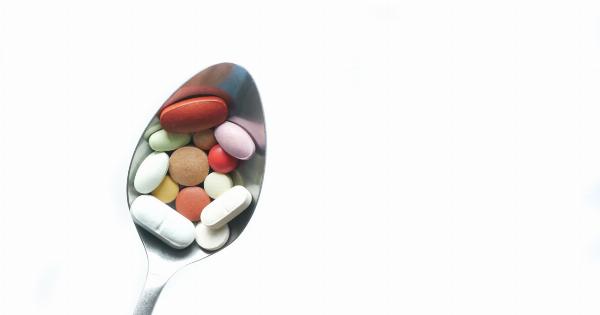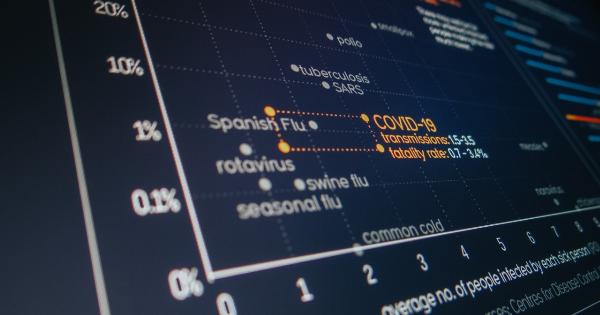Although it is a taboo topic, it is estimated that women of all ages and backgrounds struggle with urinary incontinence, or the involuntary leakage of urine.
It can be an embarrassing and sometimes debilitating condition that can take a toll on a woman’s confidence, social life, and overall well-being. However, there are various techniques that women can adopt to face and manage this problem. This article aims to provide an overview of these techniques and how they can successfully help women regain control over their bladder.
Techniques to Manage Woman Incontinence
1. Pelvic Floor Exercises
Pelvic floor exercises, also known as Kegels, are a popular technique used to manage incontinence in women. These exercises target the muscles that control the bladder and can help strengthen them, thus improving bladder control.
To do Kegels, simply engage the muscles that you would use to stop urination midstream. Hold for a few seconds and release. Repeat several times a day, gradually increasing the duration and intensity of the contractions over time.
2. Diet and Fluid Management
Both diet and fluid intake can play a significant role in urinary incontinence. Women with incontinence are advised to avoid certain foods and beverages that can irritate the bladder such as caffeine, alcohol, spicy foods, and acidic fruits and juices.
Additionally, drinking too much water or other fluids can put pressure on the bladder, so it is important to manage fluid intake throughout the day.
3. Bladder Training
Bladder training involves scheduling bathroom breaks throughout the day at specific intervals in an effort to train the bladder to hold more urine.
Women can start by going to the bathroom every hour, then gradually increasing the interval between bathroom breaks. This technique can help the bladder regain its natural function and reduce the frequency of involuntary leaks.
4. Prescription Medications
For some women, prescription medications can be an effective option for managing urinary incontinence. Medications such as anticholinergics and tricyclic antidepressants work by relaxing the bladder muscles and reducing their contractions.
However, these medications have side effects and should only be taken under the supervision of a healthcare provider.
5. Medical Devices
In some cases, medical devices such as urethral inserts, pessaries, and vaginal slings can be used to manage urinary incontinence. These devices work by providing support to the bladder and urethra, thus reducing the risk of leaks.
However, they require medical expertise and monitoring to ensure proper placement and function.
6. Behavioral Techniques
Behavioral techniques such as biofeedback and electrical stimulation can help women regain control over their bladder muscles. Biofeedback involves using sensors to monitor muscle contractions and provide feedback on how to improve muscle control.
Electrical stimulation involves sending low-level electrical impulses to the muscles to improve their strength and conditioning.
When to Seek Professional Help
While the above techniques can be effective in managing urinary incontinence, women should still seek professional help if they experience persistent leaks, pain, or discomfort.
A healthcare provider can help determine the underlying cause of incontinence and provide appropriate treatment options.
Conclusion
Urinary incontinence is a common and often embarrassing condition that many women face. However, it is important to know that there are various techniques available to help manage the problem and regain control over one’s bladder.
Pelvic floor exercises, diet and fluid management, bladder training, prescription medications, medical devices, and behavioral techniques can all be effective tools for women facing urinary incontinence.






























